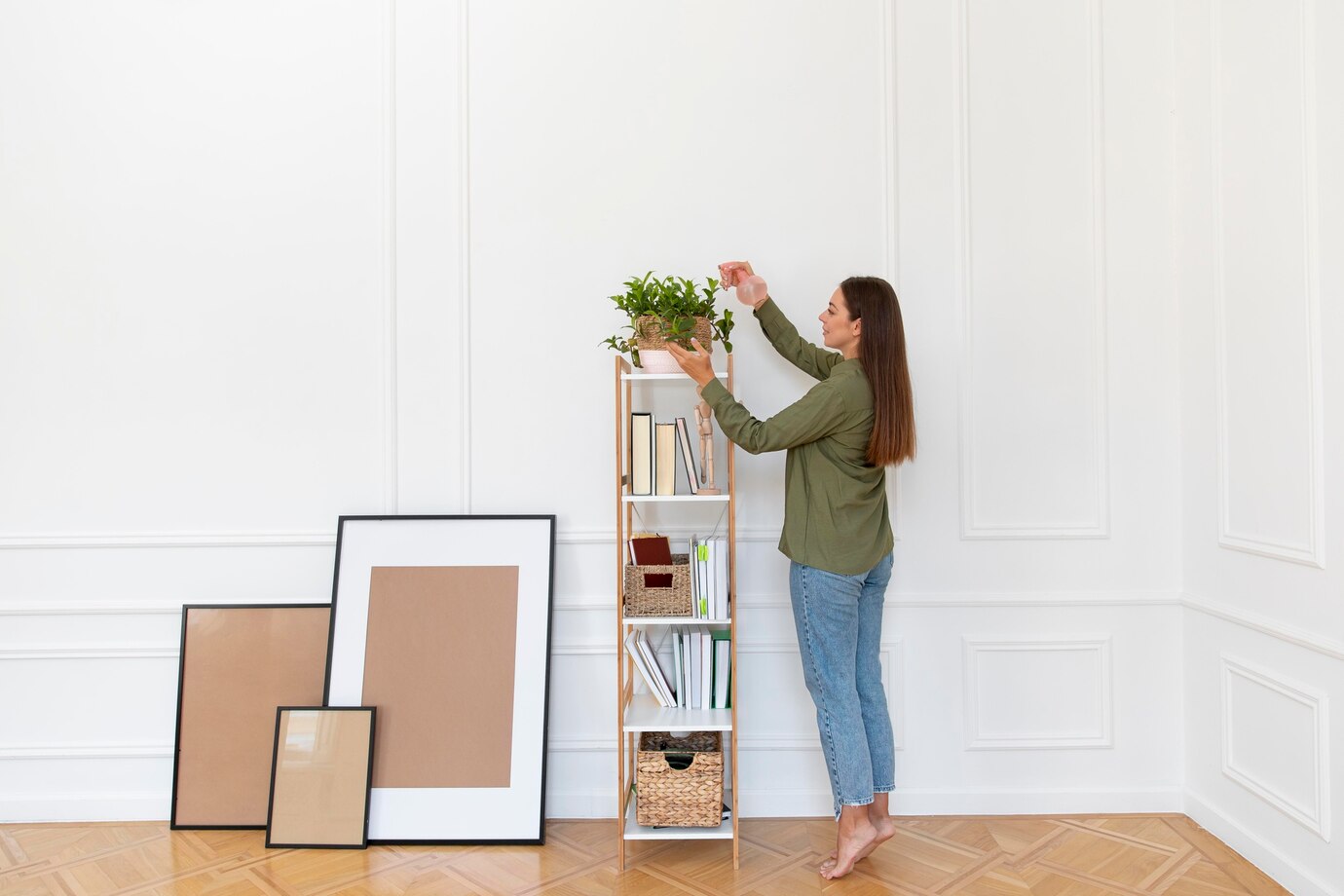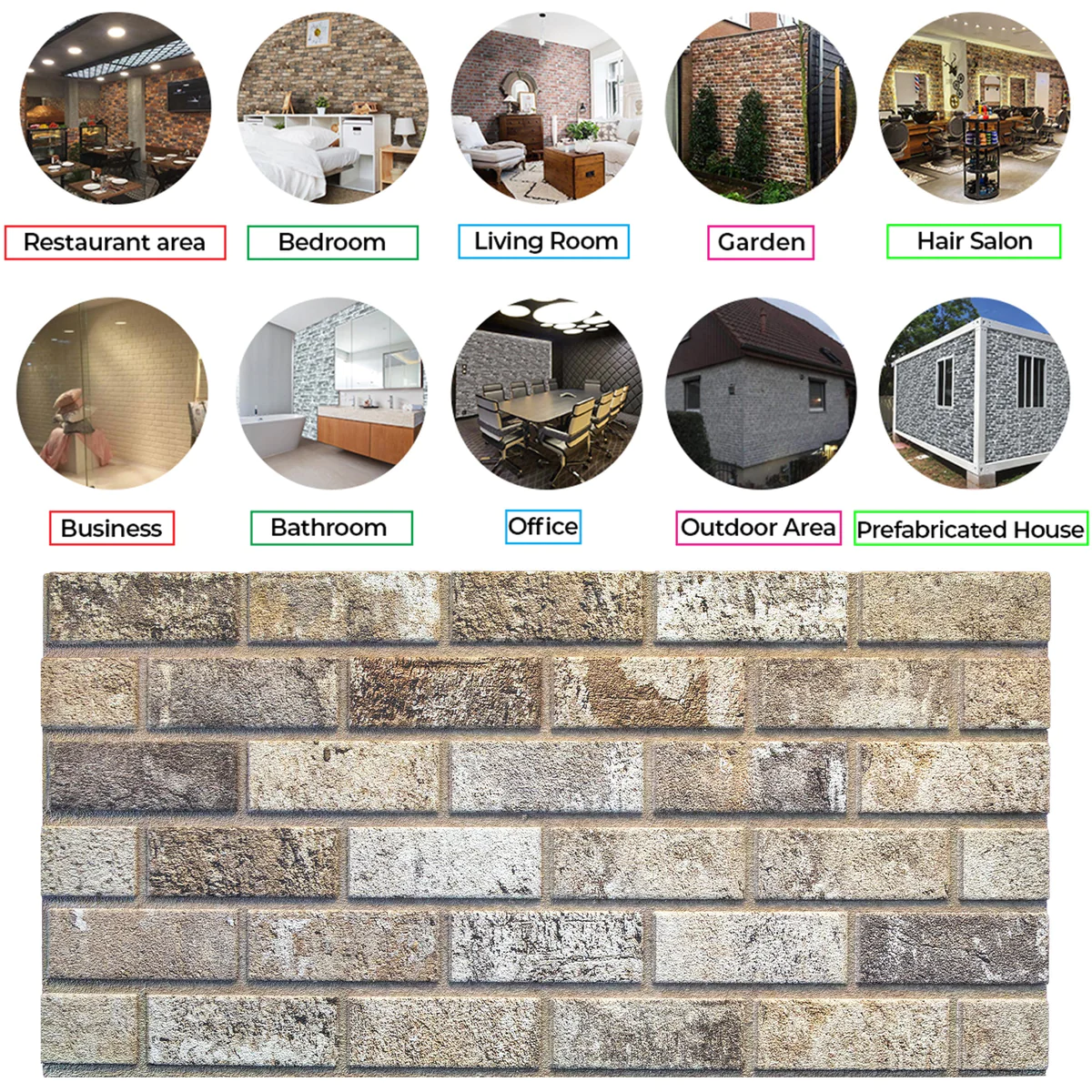Interior Design Ideas for Children’s Rooms

Designing a child’s room is like creating a canvas for their imagination to flourish. It’s not just about aesthetics; it’s about fostering creativity, comfort, and a sense of belonging. Whether you’re a parent, guardian, or interior design enthusiast, this article is packed with ideas to transform any child’s room into a haven of wonder and joy.
- Theme-based Designs:
- Start by selecting a theme that resonates with your child’s interests. From space adventures to enchanted forests, the possibilities are endless. Consider incorporating elements like wall decals, bedding, and accessories that bring the theme to life.
- Color Psychology:
- Colors play a significant role in influencing mood and behavior. Opt for a palette that stimulates creativity and tranquility. Soft pastels or vibrant primaries can create a soothing yet stimulating environment. Don’t shy away from using bold colors—they can add personality and energy to the space.
- Flexible Furniture:
- Invest in furniture that grows with your child. Modular pieces, such as bunk beds with built-in desks or storage solutions, maximize space and adapt to changing needs. Choose durable materials that can withstand the wear and tear of playtime.
- Interactive Zones:
- Designate areas for play, learning, and relaxation. Create a cozy reading nook with bean bags and shelves filled with books. Integrate interactive elements like chalkboard walls or magnetic boards where kids can unleash their creativity.
- Personalization:
- Involve your child in the design process to make the room truly their own. Display their artwork, crafts, and achievements to instill a sense of pride and ownership. Incorporate customizable elements like photo collages or name banners for a personalized touch.
- Storage Solutions:
- Clutter can quickly dampen the magic of a space. Invest in smart storage solutions to keep toys, books, and clothes organized. Utilize bins, baskets, and shelving units to maximize floor space and encourage tidiness.
- Safety First:
- Prioritize safety when designing a child’s room. Anchor heavy furniture to the wall to prevent tipping, and choose non-toxic materials for bedding and furnishings. Ensure that electrical outlets are covered, and cords are secured to prevent accidents.
- Lighting and Ambiance:
- Lighting can set the mood and ambiance of the room. Incorporate a mix of natural and artificial lighting sources to create a warm and inviting atmosphere. Consider installing dimmer switches or nightlights to ease bedtime transitions.
- Playful Accessories:
- Add whimsical touches with playful accessories like rugs shaped like animals, themed curtains, or decorative wall decals. Incorporate elements of nature, such as plants or nature-inspired artwork, to bring the outdoors inside.
- Adaptability:
- As children grow and their interests evolve, the room should adapt accordingly. Choose decor elements that can be easily updated or replaced without major renovations. Encourage creativity and imagination by allowing the space to evolve with your child.
Conclusion: Designing a children’s room is a labor of love—an opportunity to create a sanctuary where imagination knows no bounds. By incorporating themes, colors, and elements that inspire joy and creativity, you can craft a space that nurtures growth and sparks endless adventures. Remember, the magic lies in the details, so don’t be afraid to let your imagination soar.










